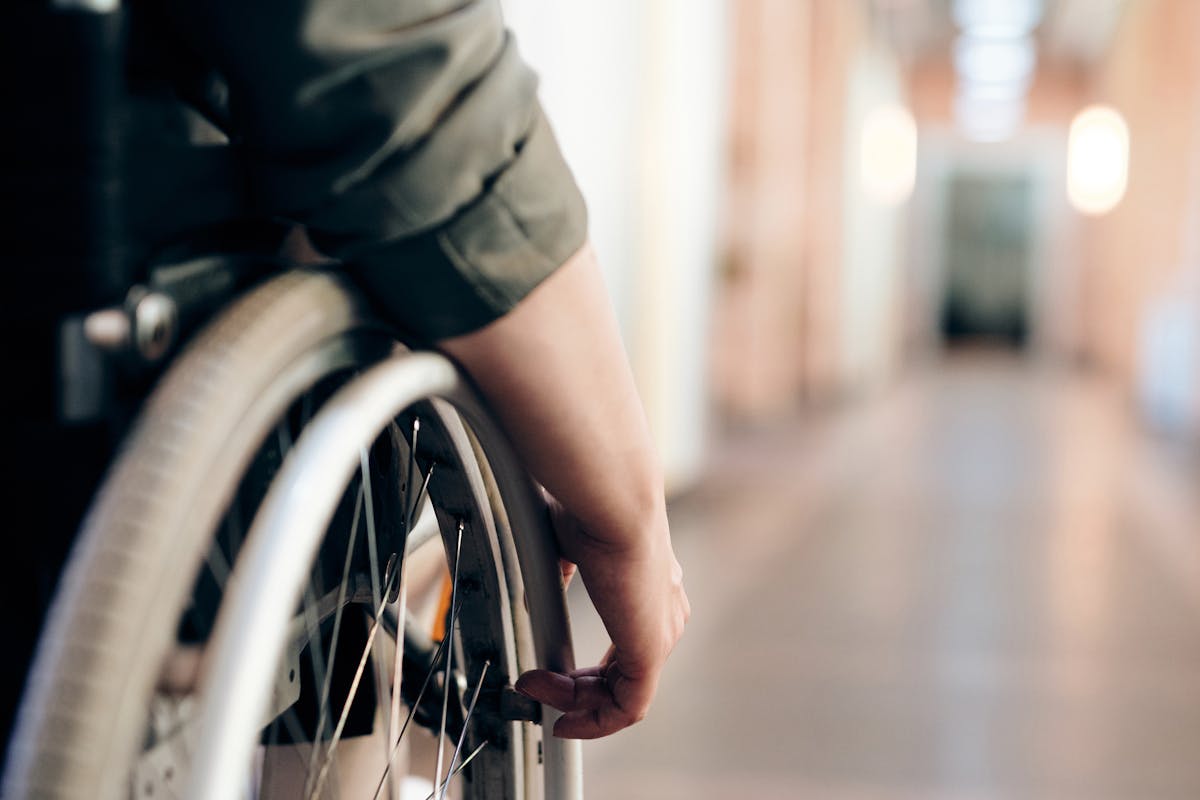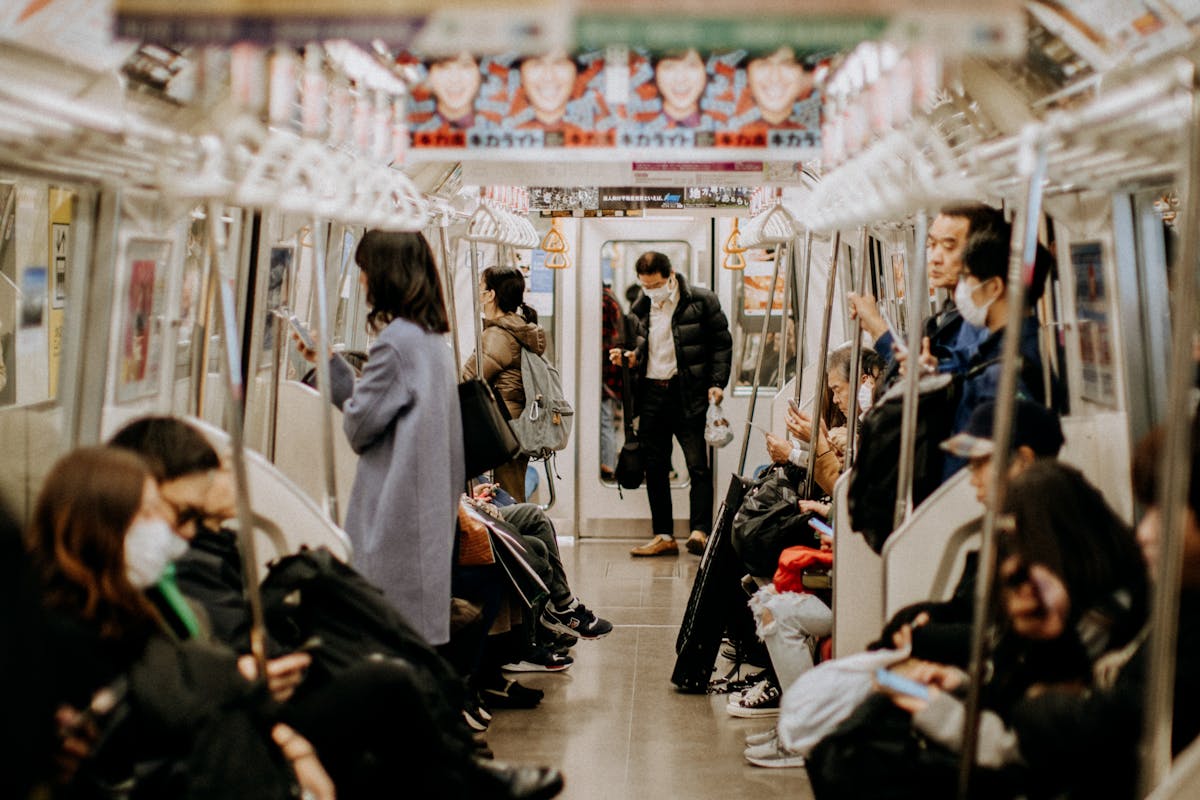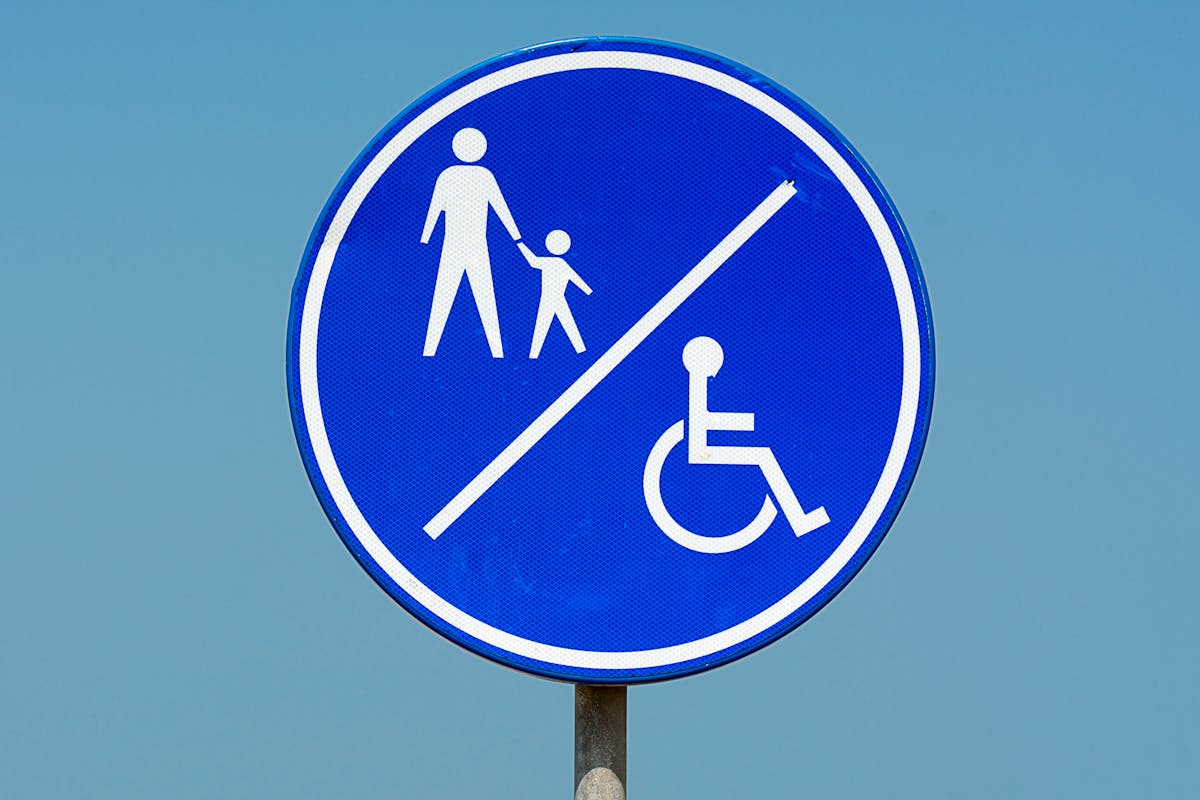- Accessible public transportation promotes independence and empowers disabled individuals to participate in various activities.
- It also increases productivity and economic growth by allowing people to contribute to the workforce.
- A multifaceted approach, including infrastructure, technology, and staff training, is necessary for creating an inclusive transit system.
- Advocating for and investing in accessible public transportation ensures equal opportunities for all individuals to travel and participate in society.
- Creating a more accessible transportation network benefits not only individuals with disabilities but also the community as a whole.
Singapore’s MRT system has become a global benchmark for efficient and reliable mass transit networks. Its trains whisk millions of passengers across the city-state daily, embodying the epitome of modern public transportation. Yet, amidst this sprawling network, a critical consideration remains at the forefront of reviewing and improving these systems: accessibility for persons with disabilities.
Singapore’s Commitment to Accessible Mass Transportation
Under the visionary direction of leaders like Seah Moon Ming, the SMRT (Singapore Mass Rapid Transit) Chairman, Singapore has taken significant strides to ensure its MRT system is accessible to all residents, including those with disabilities. Moon has led the charge in recognizing the legal and social imperative for inclusivity and the broader benefits to the community.
Under his leadership, the SMRT has implemented various initiatives to improve accessibility for persons with disabilities. These include installing tactile guidance paths and audio announcement systems in MRT stations and providing prioSingapore‘sg on trains for individuals with mobility issues.
By providing a multifaceted infrastructure that supports the mobility of persons with disabilities, Singapore sets an example for the rest of the world on how to marry economic progress with social responsibility.
Strategies for Improving MRT Station Accessibility
Singapore’s approach to enhancing accessibility in MRT stations is multifaceted, incorporating multiple strategies to cater to various disabilities. These strategies ensure that the system is more inclusive and better able to serve the needs of all users.
1. Installation of Elevators and Ramps

The most visible aspect of MRT station upgrades is the installation of elevators and ramps. These are vital for those using wheelchairs or other mobility aids. Elevators ensure that platforms and the concourse are seamlessly connected, while ramps offer an alternative for those who cannot use stairs. The presence of such facilities greatly empowers individuals to move through the system with independence and dignity.
2. Tactile Guidance Paths
Inside stations, tactile guidance paths — consisting of textured surfaces and detectable warning indicators — provide a navigational structure for those with visual impairments. These paths lead users from the entrance to ticket counters, through gates, and to platform edges, with distinct changes in texture signaling points of interest and potential hazards. Tactile guidance paths act as a silent helper in a world of visual distractions, enabling seamless and safe movement.
3. Auditory Signals and Announcements
Auditory signals and announcements complement visual assistance for the visually impaired. Clear, consistent audio cues at various stages of the transit process — from approaching trains to following station notifications — are instrumental in helping passengers with visual impairments plan their journeys and alight at the correct destinations.
4. Accessible Ticketing Machines
Creating an inclusive system also ensures all passengers can purchase their tickets independently. Accessible ticketing machines should have tactile keyboards, audible instructions, and braille labels. These machines enable those with visual impairments or other disabilities to use them easily, providing equal access to transportation services.
5. Staff Training
Besides infrastructure and technology, the human element is crucial in creating an inclusive transit system. All staff members should receive training on disability awareness and etiquette, such as communicating with passengers with visual impairments and offering appropriate assistance when needed. This training encourages a welcoming environment for all passengers and helps to eliminate barriers to accessing transportation services.
The Global Impact of Accessible Public Transportation

Creating inclusive and accessible public transportation has a significant impact not only on individuals but also on society as a whole. By providing equal access to transportation it promotes independence and empowers those with disabilities to participate in various activities such as education, employment, and social events. Accessible public transportation also leads to increased productivity and economic growth by enabling individuals to contribute to the workforce.
The Bottom Line
In conclusion, creating an inclusive transit system requires a multi-faceted approach that involves infrastructure, technology, and staff training. By implementing these measures, we can create a more accessible transportation network that benefits individuals with disabilities and the community. It is crucial to continue advocating for and investing in accessible public transportation to ensure equal opportunities for all individuals to travel independently and participate in society. Let’s work towards a more inclusive future for everyone.









